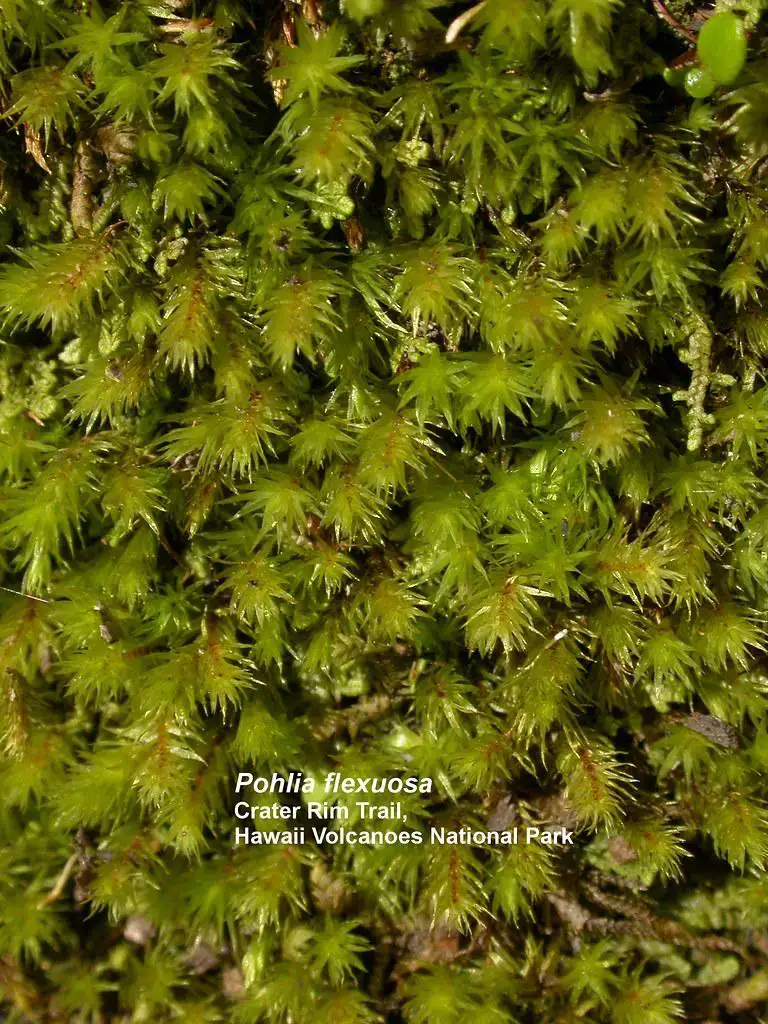
21586052325_ed3398bdf1_b.jpg from: https://www.flickr.com/photos/48126735@N03/21586052325/
Exploring the Fascinating World of Pohlia flexuosa Hook. Moss
Introduction
Mosses are small but mighty plants that play important ecological roles in many ecosystems around the world. One particularly interesting moss species is
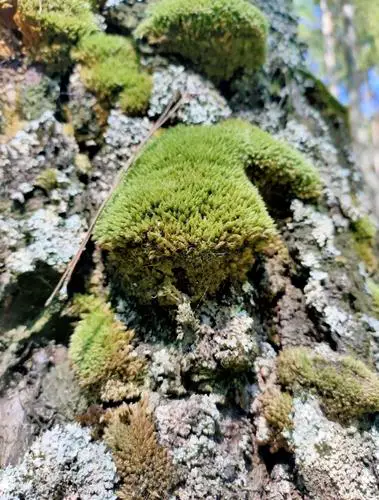
medium.jpeg from: https://www.inaturalist.org/taxa/282182-Pohlia-flexuosa
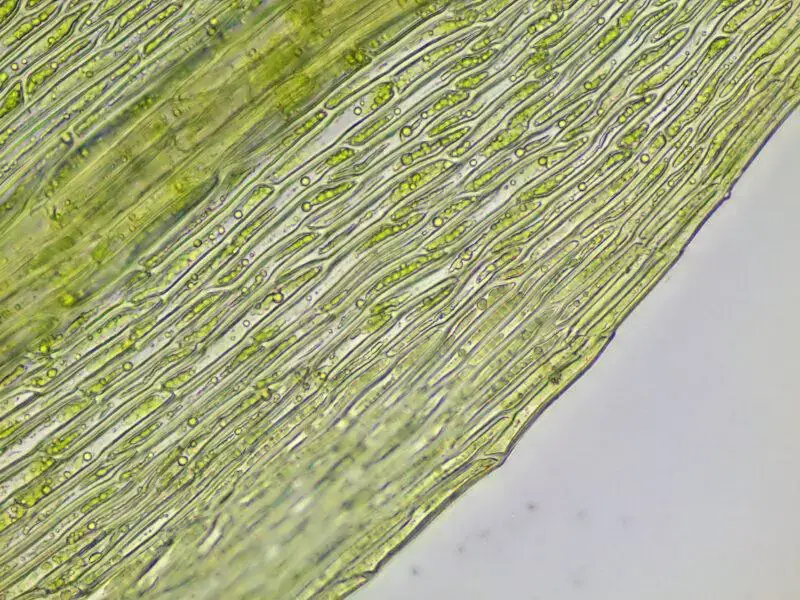
2019-07-20-17-20-47-800×600.jpg from: https://www.britishbryologicalsociety.org.uk/learning/species-finder/pohlia-flexuosa/
Pohlia flexuosa Hook., also known simply as Pohlia. This moss belongs to the Mniaceae family and has some unique characteristics worth exploring. In this blog post, we’ll dive into the details of Pohlia flexuosa and discover what makes this tiny plant so fascinating.
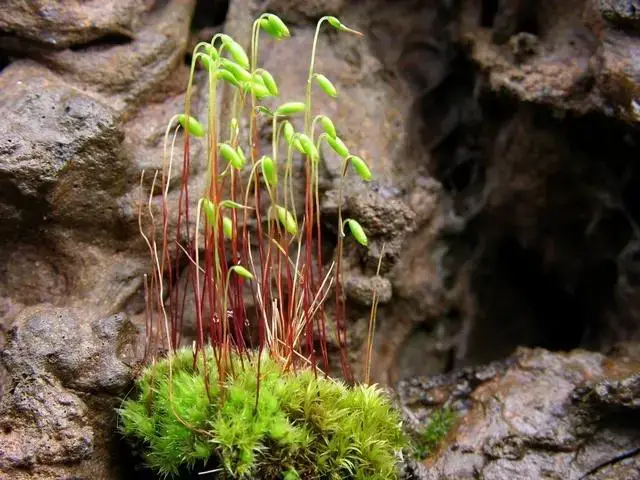
large.jpg from: https://www.inaturalist.org/guide_taxa/225520
Background on Mosses
Before we focus on Pohlia flexuosa specifically, let’s review some background on mosses in general. Mosses are non-vascular plants in the division
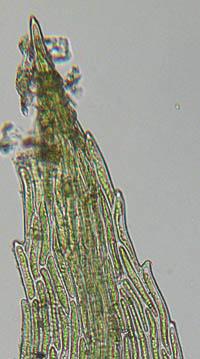
kehetimagoke-hasaki.jpg from: https://mikawanoyasou.org/koke/kehetimagoke.htm
Bryophyta. They lack true roots, stems, and leaves, instead having structures that serve similar functions. Mosses reproduce via spores rather than seeds and are found in a wide range of habitats, from arctic tundra to tropical rainforests. There are over 12,000 moss species identified worldwide.
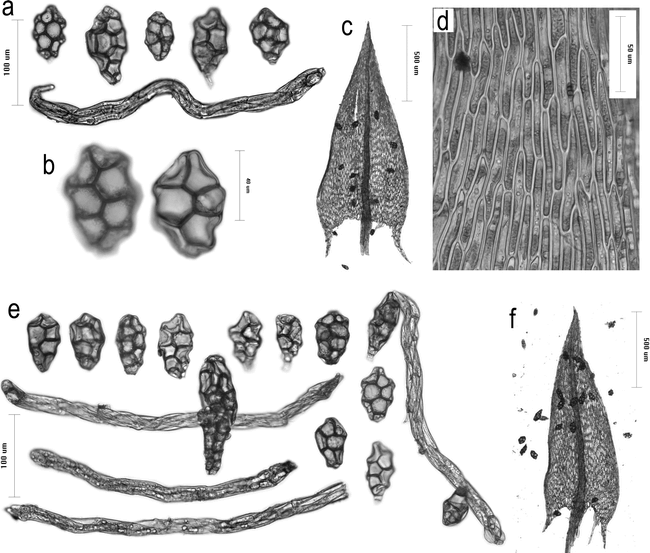
i0007-2745-112-1-178-f02.gif from: https://bioone.org/journals/The-Bryologist/volume-112/issue-1/0007-2745-112.1.178/Pohlia-flexuosa-Mielichhoferiaceae-in-North-America/10.1639/0007-2745-112.1.178.full
Morphology and Identification of Pohlia flexuosa
Pohlia flexuosa is a small moss, typically growing in tufts or cushions. Its stems are flexuose, meaning bent alternately in opposite directions, which is a key identifying feature and the source of its species name. The leaves are
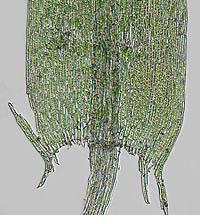
kehetimagoke-kibu.jpg from: https://flora-of-mikawa.sakura.ne.jp/koke/kehetimagoke.htm
lanceolate (lance-shaped) and have a strong midrib that extends to the leaf tip. Pohlia flexuosa is dioicous, meaning male and female reproductive structures are on separate plants.
Capsules are common in this species and are useful for identification. They are held on long setae (stalks) and are inclined to pendulous when mature. The capsules are pyriform (pear-shaped) and have a distinct peristome (toothed opening). Spores are released from the capsules to propagate the moss.
Global Distribution and Habitat
Pohlia flexuosa has a wide global distribution, found in many regions of Europe, Asia, Africa, Australia, and the Americas. It grows in a variety of habitats, including on soil, rocks, rotting logs, and tree bases in forests, as well as in disturbed areas like roadsides and trails. This moss can tolerate a fairly wide range of environmental conditions.
Ecological Roles and Adaptations
Like other mosses, Pohlia flexuosa plays important roles in the ecosystems where it grows. Mosses help regulate moisture, prevent erosion, provide habitat for micro-organisms, and contribute to nutrient cycling. The dense tufts of Pohlia flexuosa help trap and retain water, making it available to other organisms.
Pohlia flexuosa has adaptations that allow it to thrive in its niche. The flexuose stems help the moss mats conform to uneven surfaces and also create more surface area for water absorption. The strong midrib in the leaves helps maintain leaf shape and rigidity. The spores are dispersed by wind, allowing the moss to colonize new areas.
Conclusion
Pohlia flexuosa may be small, but it is a remarkable and important plant. From its flexuose stems to its global distribution, this mighty moss is well-adapted to its ecological niche. Next time you’re out in nature, take a closer look – you just might spot some Pohlia flexuosa! What other mighty mosses have you encountered?